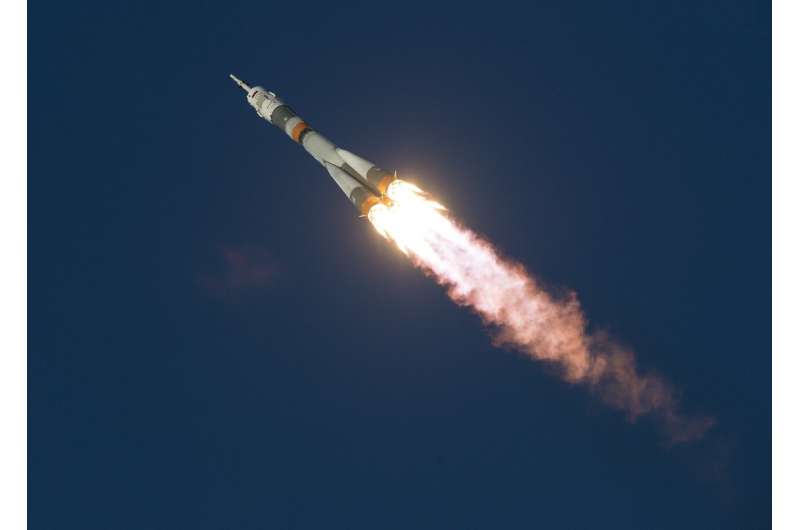DOI: 10.1096/fj.202300506RR , onlinelibrary.wiley.com/doi/10.1096/fj.202300506RR
Journal information:FASEB Journal
Provided by Wiley
| Space News |

During missions into space, astronauts are exposed to high levels of galactic cosmic radiation and weightlessness. Simulation experiments in male rats indicated that these aspects of spaceflight can negatively affect vascular tissues relevant to erectile dysfunction, even after a period of long-term recovery.
The research, which is published in The FASEB Journal, indicated that vascular alterations are induced by relatively low doses of galactic cosmic radiation and, to a lesser extent, simulated weightlessness, primarily through increases in oxidative stress. Treatment with different antioxidants could counter some of these effects.
"With manned missions to outer space planned for the coming years, this work indicates that sexual health should be closely monitored in astronauts upon their return to Earth," said corresponding author Justin D. La Favor, Ph.D., of Florida State University. "While the negative impacts of galactic cosmic radiation were long-lasting, functional improvements induced by acutely targeting the redox and nitric oxide pathways in the tissues suggest that the erectile dysfunction may be treatable."
More information: Neurovascular dysfunction associated with erectile dysfunction persists after long-term recovery from simulations of weightlessness and deep space irradiation, The FASEB Journal (2023).
DOI: 10.1096/fj.202300506RR , onlinelibrary.wiley.com/doi/10.1096/fj.202300506RR
Journal information:FASEB Journal
Provided by Wiley